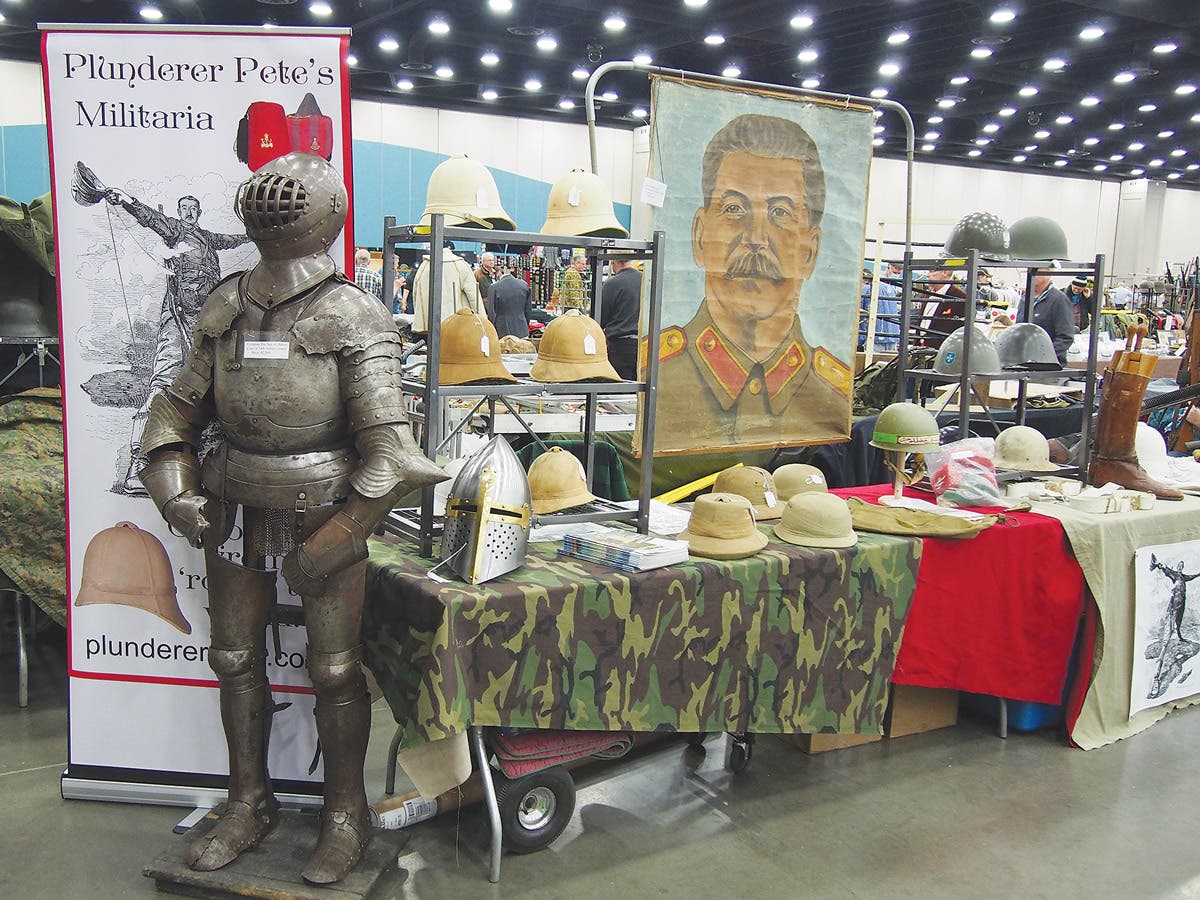Book Review: Sport in the Third Reich by Rob Newbrough
Sport was a cornerstone of Hitler’s Germany. This work boasts some 2,200 photos of surviving examples of the distinct uniforms, emblems, pins, clothing of. the dozens of German WWII state, municipal, and local sports clubs and associations.
Sport in the Third Reich, by Rob Newbrough (ISBN13: 9780764340420), Schiffer Publishing Co., Atglen, Pa. Hardcover, : 9” x 12,” 2200+ color & b/w images, 2012, $150)
Adolf Hitler’s Reich embraced sport as few nations have. Practiced everywhere and state-ordered, exercise was a core part of Nazi ideology. Health and fitness overall were deemed correctives for the Weimar Republic with its America-inspired frenzied dancing, Harlem jazz, modern art, rampant drug abuse, widespread sex and other forms of “degeneracy.”
Germans, demanded the dictator, should be like him: ascetic and vice-free (but for his addiction to Austrian desserts and screaming fits), versus the craven, soft inhabitants of plutocratic America and England. Having never visited these and other lands he despised, the cloistered Führer just had no clue
Germans would be “harder than Krupp steel, and faster than greyhounds.” Besides fostering wholesomeness per se and Nordic archetypes, sport’s alignment with the military cohered perfectly with the Lebensraum notion: a vibrant, resurgent Germany “rightfully” reclaiming lands lost in WWI war and expanding borders through war.
Certainly, sport played a part in Hitler’s and his generals’ thinking. Fit soldiers, of course, do better than doughy ones.
This impressively large, lavishly illustrated, two-volume set conveys materially just how deeply exercise and athletic competition were embedded into the Reich’s society, economy and psyche. In that way, the book is a social document, and a useful one.
Sport-as-collectible, though, seems an under-served category, neither fish nor foul. It played a gigantic role in the 1936 Olympics (with some contestants armed forces members), yet is outside it. Interesting, sure, but judging from dealers‘ catalogues and militaria vendors’ tables, sport memorabilia falls between the cracks.
It’s the same, though to a lesser degree, for regalia of the very many uniformed Nazi party, paramilitary and civic organizations.
One explanation is the hobby’s fairly strict divides. I’d bet the man with the mustard color party material displays little in the way of gray uniforms; the army collector likely trades off his air force material; and all but a few own or sell infinitely less of what this coffee-table reference depicts. Seems there’s just little impetus to seek it out.
Sport in the Third Reich is changing such thinking. Not only is the regalia around and worth the search; as with much else relating to this dark, horrific regime, a lot is attractive and well thought out design and graphics-wise.
Consider sports shirt insignia. There have always been plenty of Army, Navy and Air Force types available to collectors. One of German collecting’s few remaining bargains, they’ve sold for $30-$45 for decades and still do. Even Schutzstaffel varieties, though costly, won’t break the bank.
But, as seen here, many civil organizations’ sport suit kinds are attractive, highly collectable, and for the astute, desirable.
A focused enthusiast could put together an impressive collection of these shirt insignia and their variants alone. Ditto for sports-related medals, non-portable awards (medallions), running shoes, sports outfits, swim trunks and equipment, tinnies, pennants, paper certificates, photographs, signs and miscellany aplenty.
This work boasts some 2,200 photos of surviving examples, plus a great many in-wear shots — a large proportion previously unpublished.
Many collectors and students, even viewers of Leni Riefenstahl’s epic 1936 documentary film “Olympia,” haven’t much idea how all-encompassing was the realm of outfitting the dozens of organizations state, municipal and local sports clubs and associations with distinct uniforms, emblems, pins, clothing.
They — and you— will be blown away. Along with several dozen contributors, writer-collector-student Newbrough has amassed a spectacular abundance of such. Varieties, including standard types, niches and sub-niches are displayed and succinctly discussed. Certainly the treatment here is voluminous, unprecedented.
Volume 1 covers the DRL/NSRL, 1936 Winter and Summer Olympics, 1938 Breslau Games, the sport uniform, Luftwaffe, Kriegsmarine and Heer. Volume 2 covers the political leader, SA, NSKK, NKFK, SS/Police, Hitler Youth, DAF/RAD, and miscellaneous topics. Changes over time are included, and welcome.
In the best tradition of coffee-table books Sport, unlike lesser works, doesn’t just throw masses of “eye candy” at you without much rhyme, reason or chronology; everything’s compiled and laid out with care.
Author/compiler Newbrough knows whereof he speaks. As much scholar as sports and memorabilia fan, he’s done a very deep dive into this compelling, complicated world. Chances are that you — collector, social scientist, graphics designer, mass movement psychology student or simply curious — will want to dive in after him.
Clearly, Sport in the Third Reich is a major achievement. Top marks for author Newbrough and publisher Schiffer. — David Walsh
You may also enjoy
*As an Amazon Associate, Military Trader / Military Vehicles earns from qualifying purchases.








